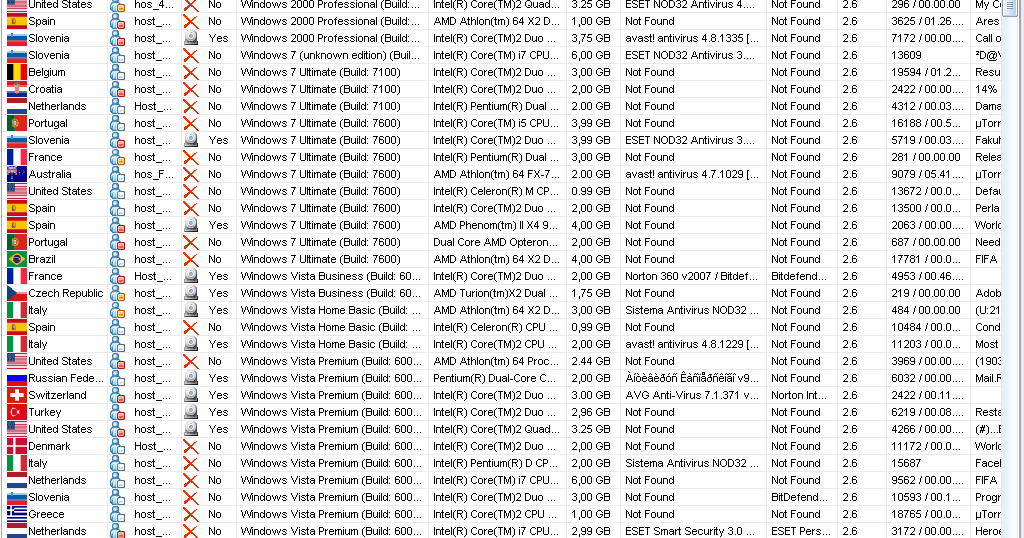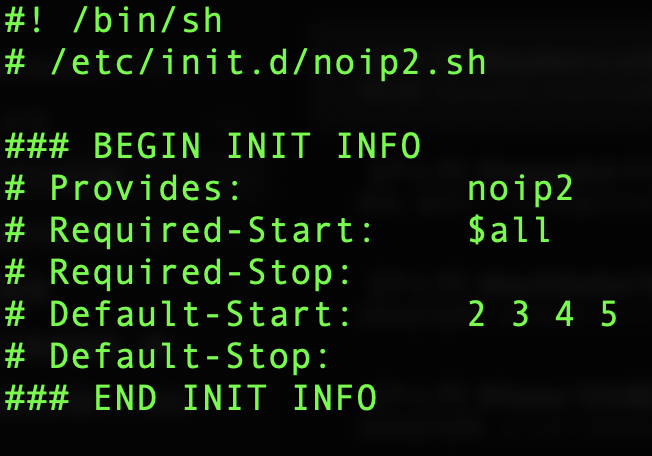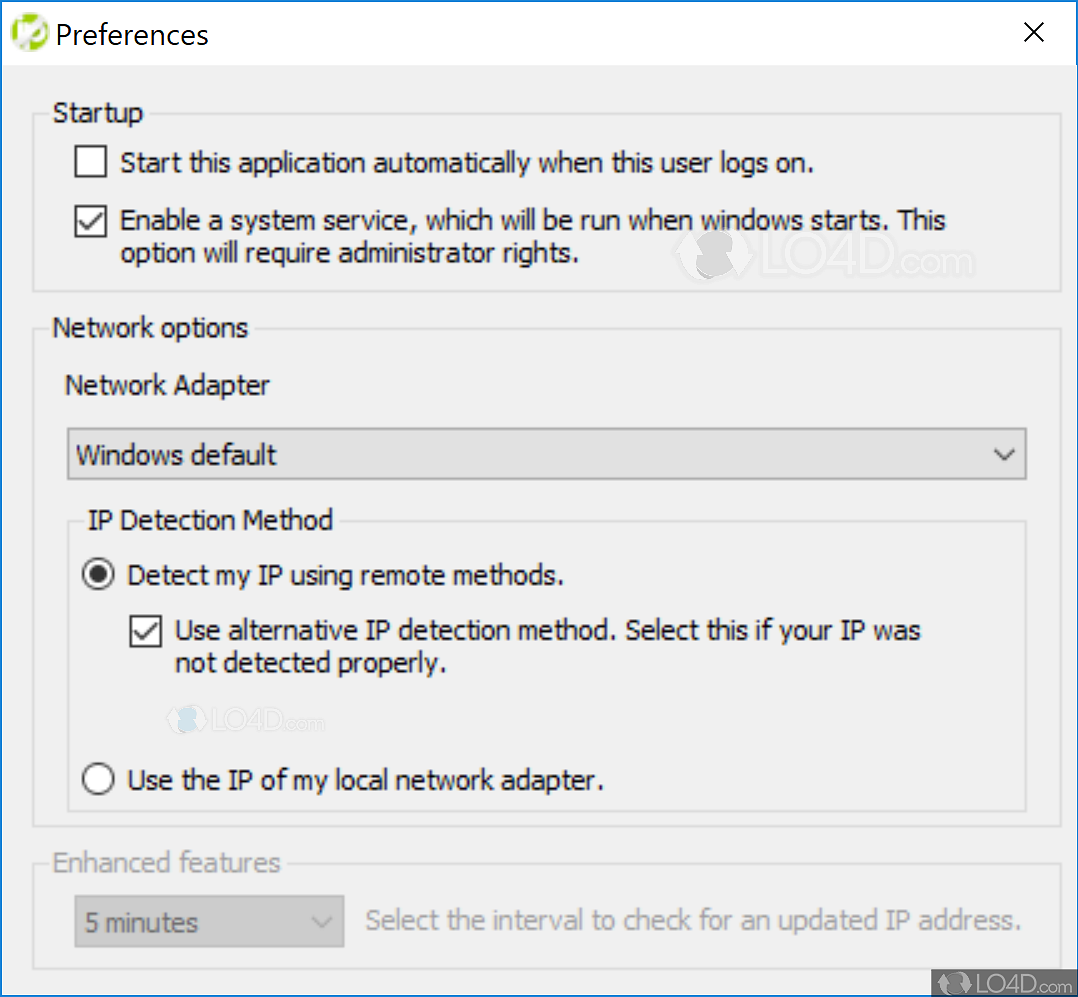

Enter your domain name for DNS lookup and it will return your IP address. To check that the domain name of the NAS is correctly mapped to its WAN IP, you may visit. You can now connect to the NAS by the domain name () on the Internet.ġ.4 Lookup for your DNS if you need to verify:
#NO IP DUC VPN UPDATE#
You may also schedule the NAS to update the DDNS record periodically by configuring the ‘Check the External IP Address Automatically’ option.Īfter finishing the settings, the NAS will start to update the WAN IP to the DDNS provider for domain name mapping. Enter the DDNS information you registered from the DNS service provider. Login your NAS and go to ‘System Administration’ > ‘Network’ > ‘DDNS’. Now you can login the NAS and set up the DDNS service. For example, fill in ‘QNAP’ and select ‘’.

A host name is a unique name that identifies your server.
#NO IP DUC VPN FREE#
Click ‘Sign In’ and ‘Create an Account’ to register a DynDNS account.Ĭomplete the form to create your free account.Ī confirmation email will be sent to your email address.Ĭlick the link in the email for confirmation.Ĭlick ‘Confirm Account’ and login DynDNS. QNAP NAS currently supports the following DDNS service providers:Ĭreate an account. To register a DDNS account, please refer to the steps below:Ĭhoose a DNS service provider. If your NAS is set up to use a dynamic IP address, you may register a free DDNS (dynamic DNS) account from a DNS service provider and assign a unique host name for easy access to your NAS on the Internet. Register DDNS serviceĪ domain name is a translation operated by a DNS (Domain Name System) provider to convert an Internet IP address into a name (e.g. Once the IP is changed, the NAS will automatically update the information to the DDNS provide to ensure it is always available for remote access. QNAP NAS supports DDNS for quick access to the server on the Internet by an easy-to-remember domain name (URL) instead of a lengthy IP address. Backlash to the confiscation however led to Microsoft returning the domains to No-IP.“Stay connected to your NAS from everywhere”ĭynamic Domain Name Service (DDNS) is a service used to map a domain name to the dynamic IP address of a network device. Legitimate users of the service were also diverted to the Microsoft sinkhole. According to No-IP this affected malicious and non malicious users alike, despite Microsoft's erroneous statement of intent to the contrary.

This was granted without notifying No-IP on 26 June 2014, and Microsoft began redirecting domain traffic to their sinkhole. On 19 June 2014, Microsoft launched an ex parte legal action against No-IP, requesting that Microsoft be given control of 22 of No-IP's domain names.

Most open-source firmware distributions, such as OpenWrt and DD-WRT, include DDNS in their downloadable packages, but OpenWrt requires an extra package for No-IP specifically. More often, however, routers are used in such a DDNS configurations.
#NO IP DUC VPN SOFTWARE#
Software clients are provided for Windows, OS X, and Linux which allows the DDNS to connect with these OSes. The service allows users to create up to three hostnames on a No-IP domain. Dynamic IP addresses are common on residential cable or DSL broadband accounts, and the typical users of DDNS would be the users of these types of internet connections. Upgrades to the DDNS comes from purchases. A basic one is provided free to use as long as the user refreshes their access from time to time, thus keeping it active. No-IP was subsequently featured in MacUser in 2004 and PCMag in 2005. They began reselling domain names in 2002 and in 2006 became an ICANN accredited registrar. Later that year, they began to offer email services. In January 2001 No-IP began offering paid managed DNS services which allowed users to set up dynamic DNS using their own domain name. In May 2000, Vitalwerks Internet Solutions, LLC was formed as the parent company of No-IP. Users were able to create a sub-domain under a few domains owned by No-IP. No-IP was launched in October 2000 offering free dynamic DNS and URL redirection. 3 Microsoft legal action and controversy.


 0 kommentar(er)
0 kommentar(er)
